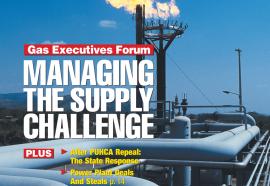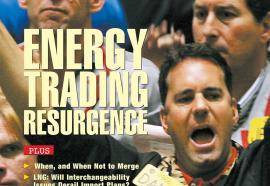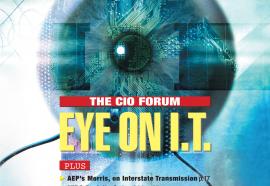PJM Addresses Local Supply Issues
Electric shortages and the generation overbuild continue to co-exist.
While maintaining its stance as the most sophisticated competitive electricity market in the country, PJM still faces several challenges, all of which are augmented by its expanded footprint. Most prominent is the RTO’s plan to implement a new reliability pricing model. Further, parts of PJM are ailing from transmission congestion issues that limit access to abundant, cheap power sources in the region.










